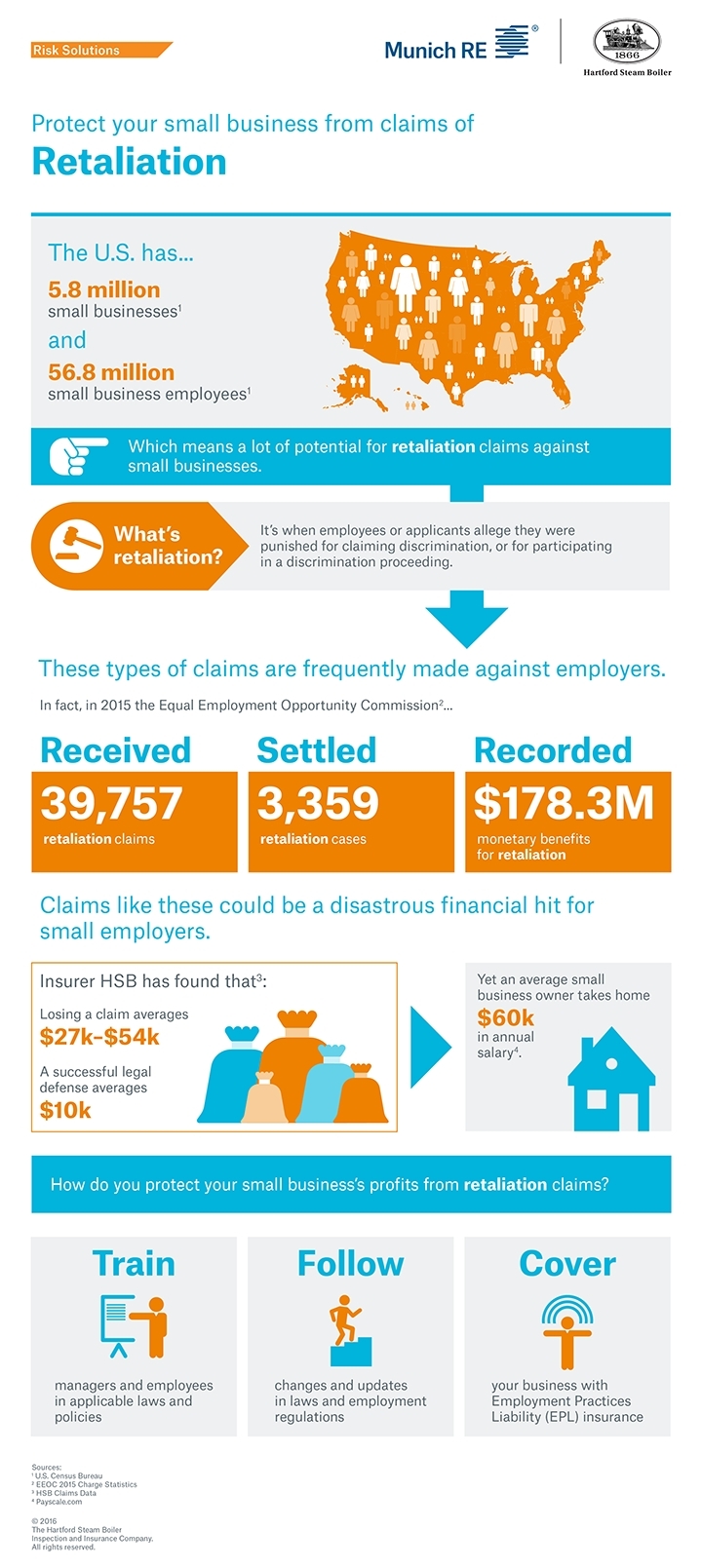For Small Business Showing Greater Concern About Obamacare, Some Answers
A recent nationwide survey of small business leaders indicated the Affordable Care Act was the number two concern of those responding.
After getting new customers, the respondents said there was much confusion about the act and what small businesses needed to do to comply.
In fact, many felt they did not know if they were even required to participate in healthcare related programs.
According to Tariq Hilaly, CEO of Lumity, getting a handle on the newest set of rules and regulations is very possible.
He argues to the most important update comes in the form of the employer mandate. If small businesses don’t have time to review everything, the most important aspect that should be focused upon is the Applicable Large Employer.
According to Hilaly “Redefining the meaning of “small business”, the mandate stipulates the requirements for offering health insurance to employees. Failure to comply with these requirements can result in steep fines of $2,000 per employee, so it is crucial to take the time to understand the employer mandate.”
He adds that the employer mandate defines an Applicable Large Employer, or ALE, as an employer with 50 or more full-time equivalent employees. The mandate has the following requirements for ALEs offering health insurance to their employees:
- ALEs must offer health insurance to at least 95 percent of their full-time equivalent employees and their dependents
- The insurance cost to employees cannot exceed 9.5 percent of their wages, the federal poverty level, and the actual pay amount.
- The insurance offers a minimum value, covering at least 60 percent of the total allowed cost of benefits expected to be incurred
Careful calculations and organization are key, because failure to provide affordable coverage and offer it to the minimum percentage of full-time equivalent employees will incur penalties known as Employer Shared Responsibility Payments. These penalties can cost businesses up to $2,000 per employee, depending on whether employees purchased coverage in the Health Insurance Marketplace and received a government tax credit.
There are many brokers and products available that are aimed at helping small businesses choose the most beneficial health plans for them. Internet solutions have become particularly popular, offering free and well-designed platforms to HR professionals. However, that isn’t enough to help small businesses dodge increasing prices and government penalties. What will help is the implementation of data-driven solutions that will allow businesses to compare their financial needs against market availability, providing them with the context needed to choose the best plans. It’s an infinitely better solution than picking blindly from a large selection of plans without understanding their nuances.
Small businesses must be thoroughly informed on the ACA’s changes to be sure they are fully compliant and providing the best quality care for their employees. They need to understand the requirements of being an Applicable Large Employer and the complete responsibilities and consequences. Employers must also make sure that they understand the needs of their employees by maintaining a comprehensive record of data, and finding a solution that will analyze it and derive actionable insights. These efforts will not only save money, but also ensure that employees are provided with affordable and valuable health insurance. Being an ALE may mean big changes for small businesses, but staying informed and diligent on all fronts is the key to keeping employees, and Uncle Sam, satisfied.
Tariq Hilaly, CEO of Lumity a benefits platform for small- and medium-size businesses.




